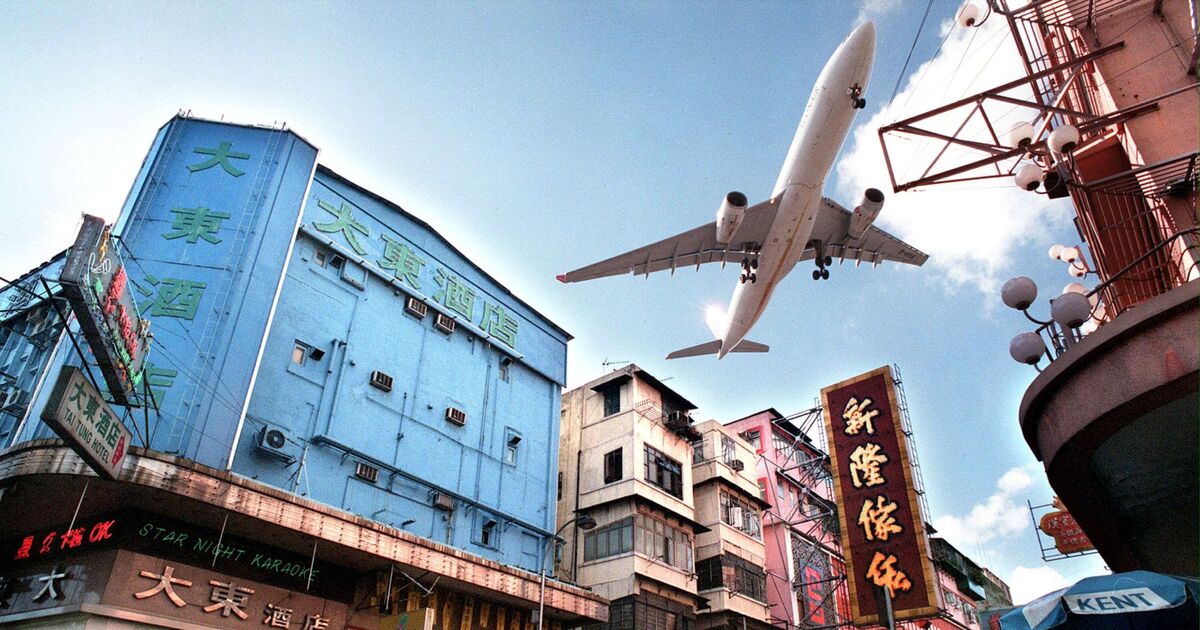A Hong Kong airport was famously difficult for pilots, requiring them to fly between high-rise buildings in a densely-packed residential area to land. Kai Tak’s first recorded flight was in 1925, and it was known for being surrounded by water on three sides, as well as being in close proximity to the urban sprawl of Kowloon City and nearby mountains.
Touching down on its runway also required a tight turn, and the challenges associated with flying there left a lasting impression even among veteran pilots. Russell Davie, a former Cathay Pacific Airways’ general manager of operations and pilot instructor with more than three decades of experience said that as a pilot, the airport was “totally unique”.
Speaking to CNN Traveller, he explained that Kai Tak “was the only major airport in the world that required a 45-degree turn below 500 feet to line up with the runway, literally flying between the high-rise buildings, passing close to the famous orange and white Checkerboard Hill (also known as Kowloon Tsai Hill) as you made that final turn toward the runway”.
Mr Davie said that the unusual turn was neccessary due to the presence of a prominent hill called Lion Rock which blocked the “standard straight-in approach”.
“This was quite a challenge, especially in strong wind conditions,” he added, noting that Cathay pilots were experienced at making the approach, though it was difficult for pilots from other carriers who seldom land in the flight hub.
Pilots are even said to have required special training to land there.
It’s often described as among the “scariest” or most dangerous airports in the world due to the hazards pilots had to contend with.
But despite its reputation, the airport was handling almost 30 million passengers a year by 1996, as per MailOnline.
The travel hub was closed in 1998, with Hong Kong International Airport becoming the country’s main flight hub as the country looked to accomodate its expanding population.
The airport is located Chek Lap Kok an island in western Hong Kong, away from highly populated areas.
Kai Tak was abandoned for years before a major redevelopment took place. A 50,000-seat sports stadium has since been built on the site.

